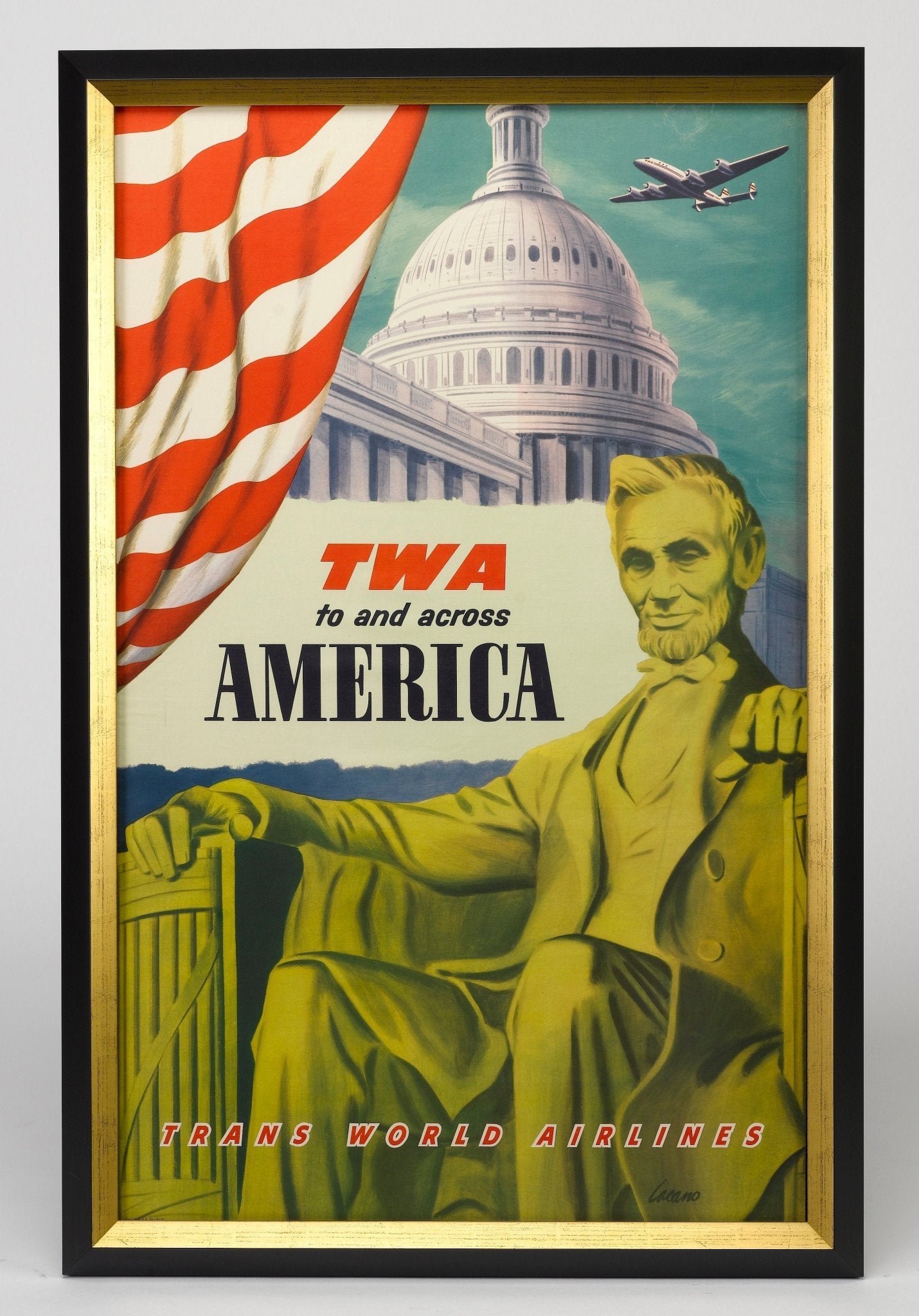When California Became a State
California was admitted to the Union as the 31st state on September 9, 1850. The decision to admit California was difficult, as Congress needed to decide to overrule lengthy territorial processing in order to come to the official order. By 1850, in the midst of the Gold Rush, California became the 31st state of the United States of America.
California History
California has always been quite culturally and linguistically diverse. Throughout its history, explorers have stepped foot on the land in order to claim it or reap the benefits of its natural resources. The land’s history can be divided into periods of Native American influence, European exploration, Mexican control, and finally United States ownership. California was settled from a wide variety of groups, making its large population diverse and growing.
In the mid 19th century, California was under Mexican control. By 1845, the province of the then “Alta California” had a large non-native population. These Latin American settlers in California became known as the “Californios.” When Mexico controlled the land, however, they knew it to be a region of small populations and low levels of economic success. It was not much in comparison to all of the vast-reaching territory they held under their control.
However, by 1848, the Treaty of Guadalupe Hidalgo forced Mexico to cede California (along with much of its previously owned territory) to the United States. A few days earlier, the first nugget of gold was found at Sutter’s Mill, Coloma, California. All of a sudden, the sleepy towns of California became packed with “forty-niners” and travelers from around the globe in search of gold. California’s population skyrocketed and the promise of gold left surely left Mexico with some regrets.
31-Star Printed American Flag, Celebrating California Statehood, Circa 1850
$40,000.00
The Gold Rush and Statehood
California was a new piece of land recently acquired by the United States. To become a U.S. state, it was customary that populations go through a lengthy period as a territory. Most newly acquired regions first spent time as a proper territory before they could acquire 60,000 inhabitants and gain statehood. However, California was different.
The Gold Rush promised wealth and success to the United States government. Travelers from around the world, from places such as China, Australia, and Latin American countries, traveled to the United States with the hope to ‘get rich quick.’ This brought along the promise of an economic boom in a region that had not even passed their first birthday with the U.S.
United States Congress was prompted to make a change to their legislature to allow for California to become their next state. Congress debated the possibility of skipping through tedious policies and allowing California to jump straight into statehood. One obstacle to overcome was the question of slavery.
“The debate in Congress heated up quickly. Kentucky senator Henry Clay, also known as the ‘Great Compromiser,’ offered a series of resolutions, most of which aimed to limit slavery’s expansion. Clay answered Taylor’s request, calling for California to enter the Union as a free state, but he coupled this antislavery provision with a more robust federal fugitive slave law in hopes of sectional compromise” (Khan Academy).
Eventually, Congress came to a decision about the status of California. Disagreements over the territory and slavery status of California were settled in the Compromise of 1850. The Compromise established California as a free state, regardless of its lack of territory status.
1873 "Map of the States of California and Nevada. Carefully Compiled from the Latest Authentic Sources" by Chas. Drayton Gibbes
$14,500.00
On September 9th, 1850, California was officially declared the 31st state of the United States. The 31-star flag officially came into circulation as the new flag variant on July 4th the following year. The 31-star flag, being official prior to the Civil War, was not commonly produced as the American flag did not hold the same patriotic weight. To find a 31-star period flag is a rare occurrence, and the flags from that period tend to differ quite a lot. This 31-star flag features a dancing star double medallion pattern with a bold blue canton and red and white stripes.
Khan Academy, The Compromise of 1850. Khanacademy.com, 2019, Accessed 11 Sept. 2019.
When California Became a State







